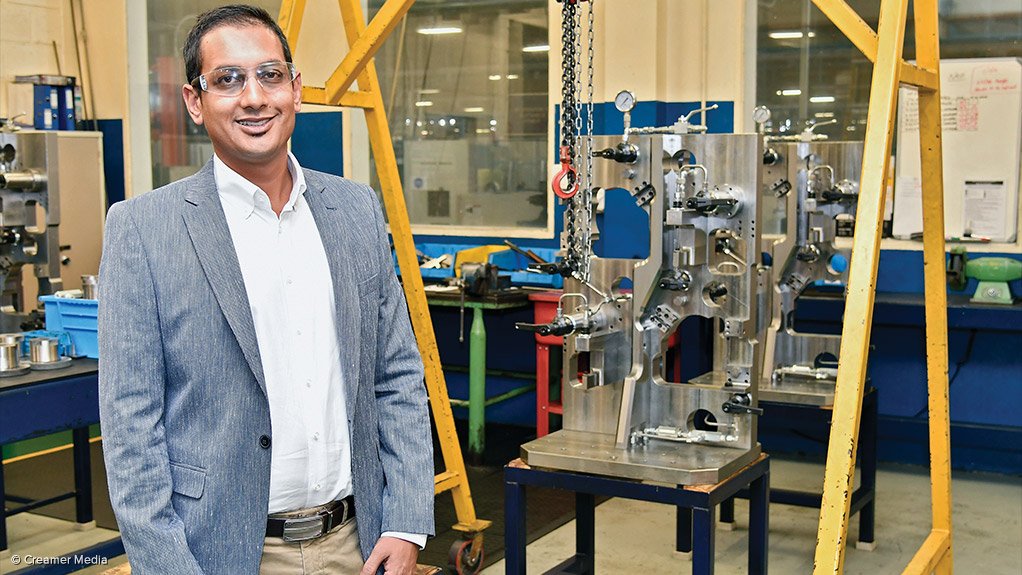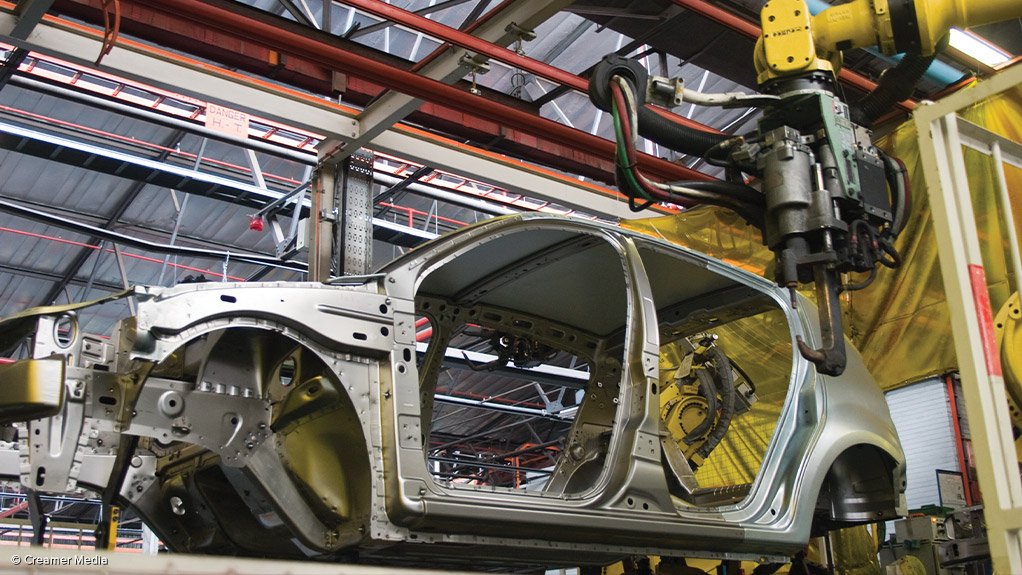The main aim of this year’s National Association of Automotive Component and Allied Manufacturers (Naacam) Show is to be an effective platform for stirring the local automotive industry into action around a common vision for the future, says Naacam executive director Renai Moothilal.
The biennial event will be held at the Durban International Convention Centre, in KwaZulu-Natal, from March 12 to 14, with a further aim of driving the debate concerning the vision for the future of the industry, as set out by the South African Automotive Masterplan (SAAM).
The show is strategically aligned with the SAAM, with localisation and transformation providing a framework for the various activities at the event. “Naacam is fully committed to realising the objectives of the SAAM, with the show ideally positioned to be a key driver of the masterplan’s objectives,” says Moothilal.
One of the central objectives of the SAAM is to increase localisation levels in the automotive value chain from 38% to 60%. When this is achieved, it will be key to driving job creation and creating opportunities for new-entrant development.
“South Africa does not have sufficient production of really high-value components, such as electronics, telematics and powertrain, which are mostly imported, to the detriment of our local market. Getting such, will boost the country’s localisation rate. To further develop the industry, we must look regionally to partnerships in Africa, which present an enormous opportunity for our local manufacturers, if they are to be globally competitive,” says Moothilal.
To address these issues, the show aims to highlight international technology transfer partners as part of the buyer-supplier programme it will host, where the event focuses on setting up meetings between local suppliers and clients that are keen to localise currently imported components.
The programme aims to create an opportunity for emerging suppliers to meet with key executives and buying teams from original-equipment manufacturers (OEMs) and large Tier 1 manufacturers to drive and increase procurement from empowered firms.
A further structure to support localisation is the Automotive Supply Chain Competitiveness Initiative that supports the show’s localisation exhibition, which will provide OEMs and Tier 1 exhibitors with an opportunity to exhibit parts that they have been identified as potential localisation opportunities, with prospective suppliers given an opportunity to ‘bid’ to supply these parts.
Moothilal tells Engineering News that these activities are in place at the show to promote the localisation of the value chain.
“In our conference programme, we have automotive executives speaking on investment and transformation strategies, complemented by the views of a host of key industry influencers, including senior government leaders.”
Meanwhile, Moothilal says transformation is imperative and, although the local automotive sector has been relatively slow in this regard, there has been an upsurge in support, for example, in the profiling of black industrialists, with industry rallying behind the SAAM.
“It is undeniable that we need to develop and transform the automotive value chain. At the show, there will be a focus on transformation, with an emerging supplier precinct showcasing about 30 black-owned small, medium-sized and micro suppliers that have been allocated complementary art exhibition stands,” he explains.
To drive the development and support of black-owned suppliers in the sector, the show created an offer for established firms and supporting agencies to sponsor black-owned supplier participation.
Naacam’s Role
Naacam has a large role to play in supporting local manufacturers to adapt to technological disruption and raise awareness of available technology. The show provides participants with exposure to such technology that has been adopted by component manufacturers in two ways.
Firstly, technical demonstrations will provide a practical and interactive display of how some local companies are adopting and using technology to overcome challenges. Moothilal explains that these sessions will take place in a bullring-type environment and are intended to be as practical as possible. They will be filmed and transmitted live to key touch points in the venue.
Secondly, specific sessions will deal with the future of the auto and manufacturing industries, with a strong focus on the proliferation of Industry 4.0 and the ways in which it will impact on the automotive component manufacturing sector.
The show will also host an emerging supplier engine room. During this “dragon’s den-style” workshop, emerging suppliers will present their business cases to a panel of relevant experts that have the propensity to accelerate their growth and development. There will also be sessions that focus on women in the automotive industry, as well as youth and skills development in the automotive industry.
Meanwhile, Naacam has partnered with the Durban Automotive Cluster who will be hosting the event. Other key supporters in the delivery of the events are the Department of Trade and Industry, the Automotive Supply Chain Competitiveness initiative, the National Association of Automotive Manufacturers of South Africa, and the National Union of Metalworkers in South Africa.
In addition to its partners, a broad spectrum of industry associations has partnered with Naacam including the Aluminium Federation of South Africa, Copper Development Association Africa, Durban Chamber of Commerce and Industry, KwaZulu-Natal Engineering Industry Association, investor advisory service Invest Durban, Southern Africa Stainless Steel Development Association, Nelson Mandela Bay Business Chamber and the Motor Industry Bargaining Council.
Additionally, the show is industry led, with the organisers focusing particularly on the value that can be added for exhibitors and delegates, as opposed to their being driven by purely commercial factors. “We’re aiming to be highly professional and offer a world-class participant experience with an innovative second show, after the inaugural event in 2017, where, although satisfactory, we still took out learnings,” concludes Moothilal.
Edited by: Zandile Mavuso
Creamer Media Senior Deputy Editor: Features
EMAIL THIS ARTICLE SAVE THIS ARTICLE
ARTICLE ENQUIRY
To subscribe email subscriptions@creamermedia.co.za or click here
To advertise email advertising@creamermedia.co.za or click here















